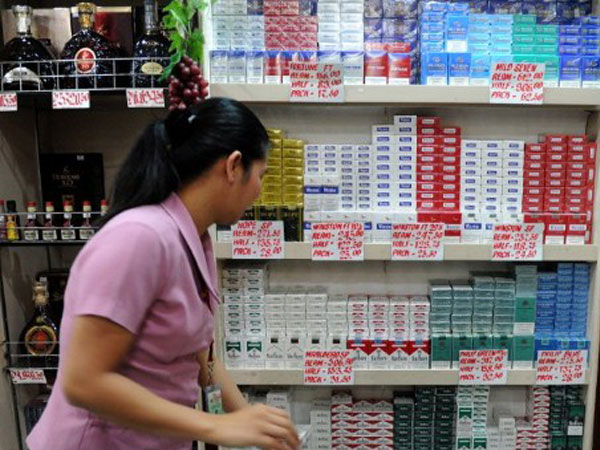Despite a decline in the number of Filipino adult smokers, there has been an increase in the ranks of teen smokers between the ages of 13 and 15 in the past four years.
The data was based on the 2015 Global Youth Tobacco Survey (GYTS) released last week by the Department of Health’s (DOH) Epidemiology Bureau.
“16 percent of the respondents currently use any tobacco product—smoked tobacco and smokeless tobacco,” the study said.
The figure was higher than the 13.7-percent tobacco use prevalence recorded in the 2011 GYTS.
The GYTS is a school-based survey of private and public students aged 13 to 15 on tobacco use.
In 2015, there were 8,789 participants, 48.1 percent or 4,227 of which were boys while 51.9 percent or 4,561 were girls.
The study showed that 12 percent of those surveyed admitted they were smoking cigarettes. This was 3 percent higher compared to the 2011 GYTS in which only 8.9 percent said they were smokers.
The study’s results showed that more male teens smoked in 2015 with 17.6 percent, as compared to 12.9 percent in 2011.
The figure, on the other hand, was lower among girls at 7 percent. Still, this was higher than the 2011 study in which 5.3 percent said they were smokers.
The study, however, noted that the 2015 figures were still lower compared to the 2007 GYTS in which 17.5 percent of participants admitted to being smokers.
Last March, the DOH reported that tobacco use prevalence among Filipinos 15 years old and above went down from 29.7 percent in 2009 to 23.8 percent in 2015.
This means that from 17 million in 2009, the number of smokers went down to 15.9 million in 2015, according to the Philippines’ Global Adult Tobacco Survey (GATS).
The 2015 GYTS also noted that there were fewer young people exposed to secondhand smoke at home—from 42.9 percent in 2011 to 38.3 percent in 2015.
The same was true among teens exposed to secondhand smoke in enclosed public places. The percentage went down from 57.9 in 2011 to 54.2 in 2015.
The DOH, meanwhile, reiterated its call for the education department to institutionalize tobacco control and prevention in the school curriculum.
